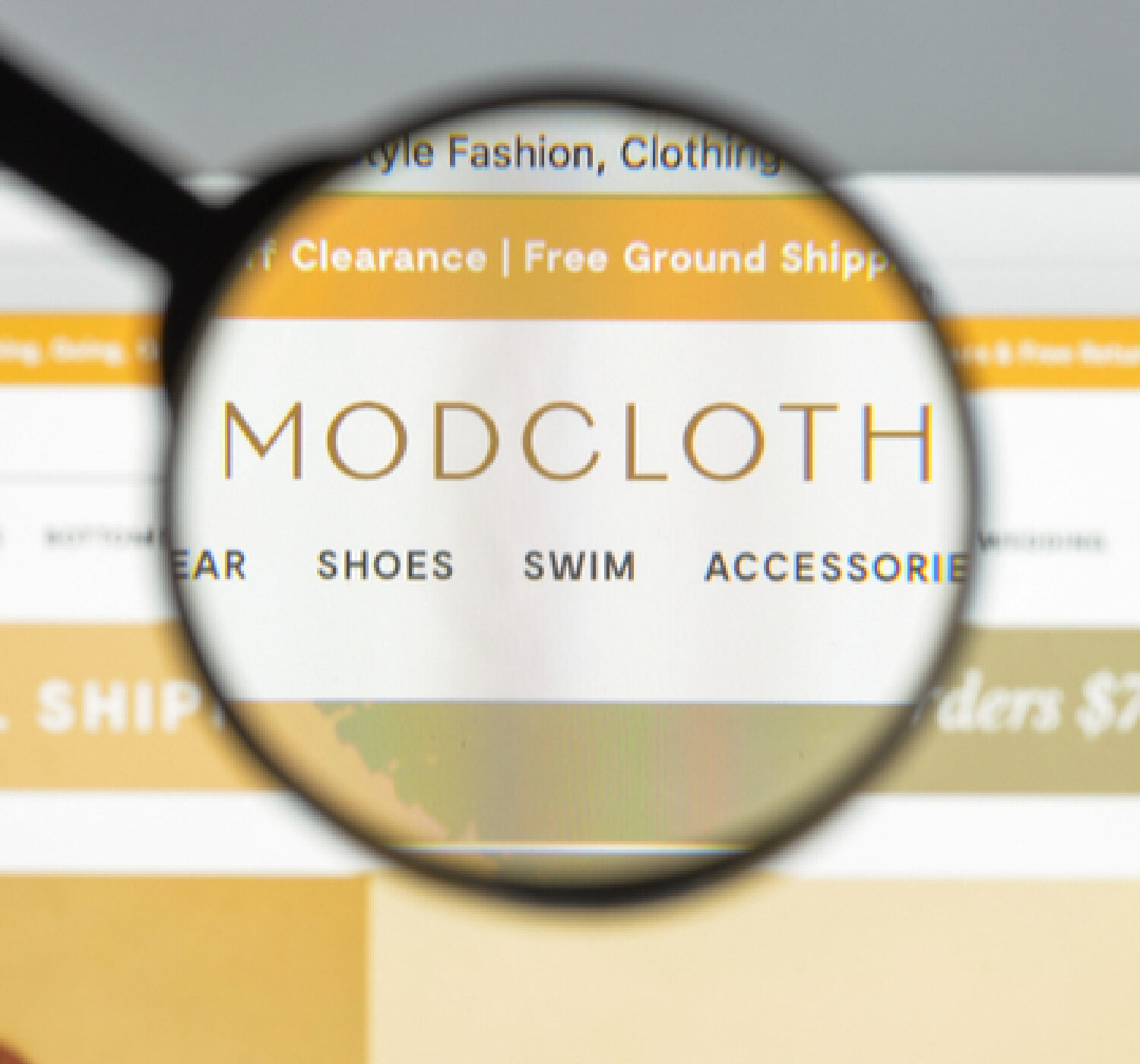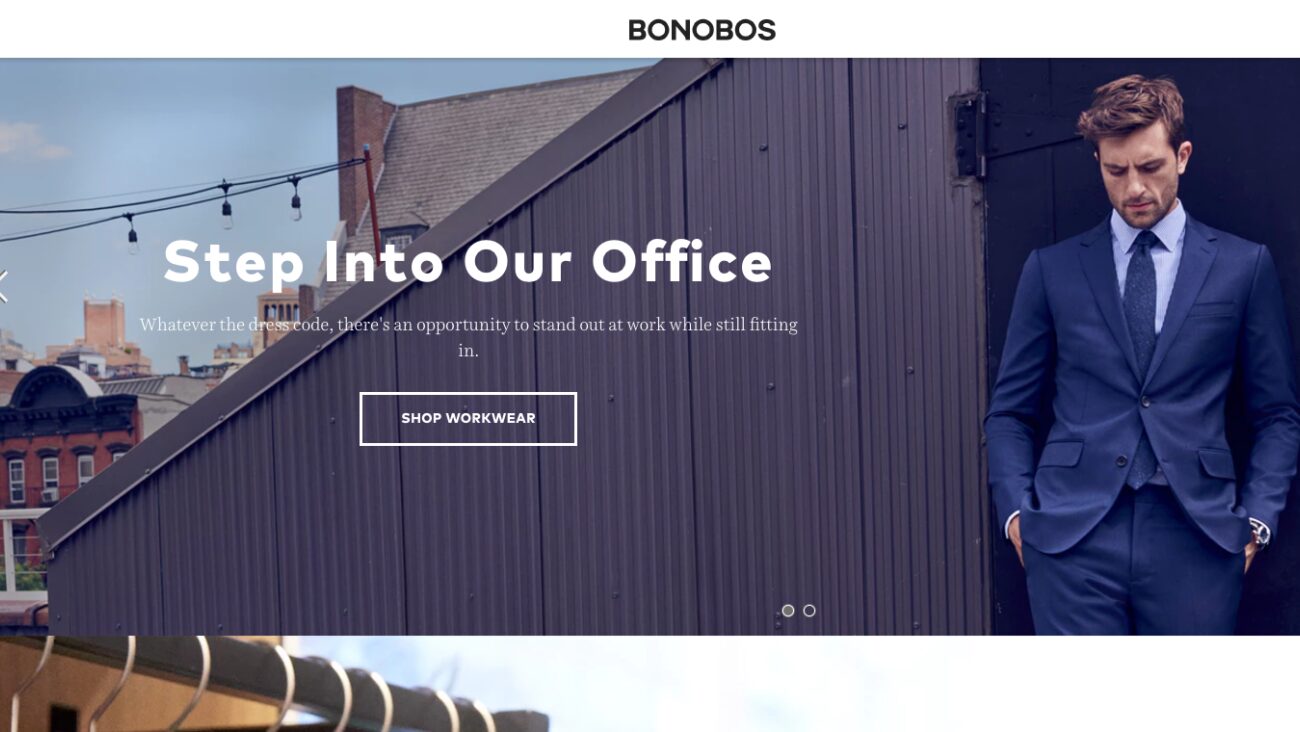Bonobos Bands with Walmart
While dust still lingered in the air after the ModCloth news broke, rumors began to circulate that Walmart was close to acquiring Bonobos, and yet another faction of customers started to speak out against a Walmart business deal. As with ModCloth shoppers, Bonobos has curried favor with an independent, unique group of young customers, many of whom were bound to feel betrayed by their favorite brand’s fraternization with Walmart. While the typical Bonobos shopper belongs to a different demographic than the ModCloth set, the message that fans of the high-end menswear brand sent to their beloved brand’s executives is the same: Don’t abandon your following.
Fit-focused and fashion-forward, Bonobos customers declared the potential move “brand suicide,” their bewilderment apparently owed to the absence of commonality between Walmart menswear shoppers, whose purchases usually ring in under $30 per piece, and Bonobos faithfuls, who can easily spend over $1,000 for one of the retailer’s casual suits. Then, on June 16, Bonobos fans’ fears were realized after weeks and weeks of waiting. The dreaded Walmart deal was confirmed, and the Twitterverse erupted. Forbes published an article declaring the confirmed acquisition to be a “bigger deal than Amazon‚ Whole Foods,” and customers seem to share the sentiment.
The hope is that this deal will provide further incentive for Walmart-Jet.com to start spinning these mergers to its advantage. Shoppers were already prematurely unhappy, so nipping any negative feelings in the bud is crucial. Never minding the fact that the early rumblings about this acquisition launched brand awareness of Bonobos to new heights, customers in general seem to feel that the move constitutes a serious downgrade for the menswear brand—one that they worry may end in total absorption, despite Bonobos CEO (and the man now tasked with overseeing all of Walmart’s digital brands) Andy Dunn’s fervent hope that, ideally, they “can build something stand-alone.”
It’s Not Business. It’s Personal
For better or worse, the die is cast, the deal has been made final, and all that remains is for ModCloth to convince the public that the acquisition was absolutely necessary to maintain the brand’s position as a positive, inclusive influence in the fashion industry. Gregg Koger’s confidence in the positive outcome of this merger is admirable, even if its detractors think her decision-making is flawed.
In this specific case, it’s a matter of ethics. ModCloth’s indie cred and glowing history of standing up for human rights, workers’ rights, and people of all sizes, body types, and lifestyles means that this buyout has become about a lot more than the quality of clothes or the reach of e-commerce. Gregg Koger has done her best to convey to her following that these values have not and will not be changed, despite Walmart’s reputation.
More important even than running damage control, Walmart would do well to learn from this experience as it continues to dig into digital. Because, according to the brand’s new head of digital, Marc Lore (who was poached during the acquisition of Jet.com last year), this isn’t the end of it. “We’re seeing what these acquisitions have done for the business,” he recently told Recode. “It’s definitely a nice surge, so we will continue to do it.”
Photos: Shutterstock






